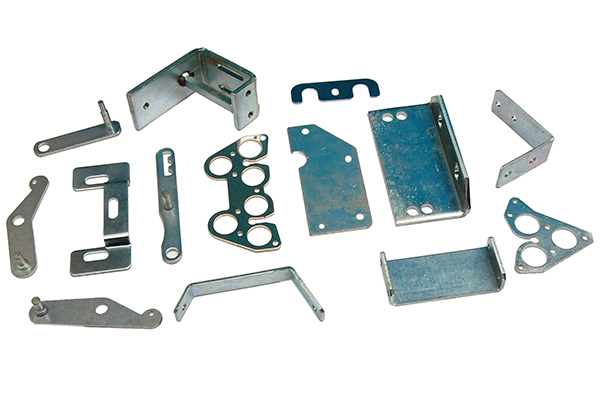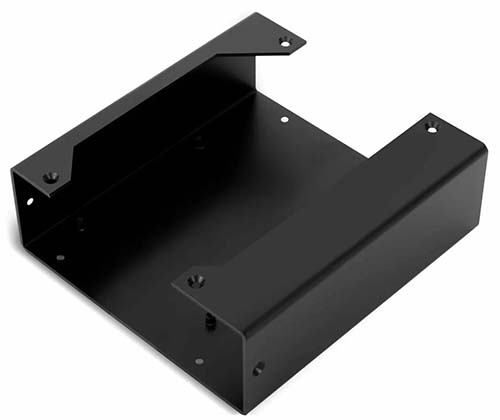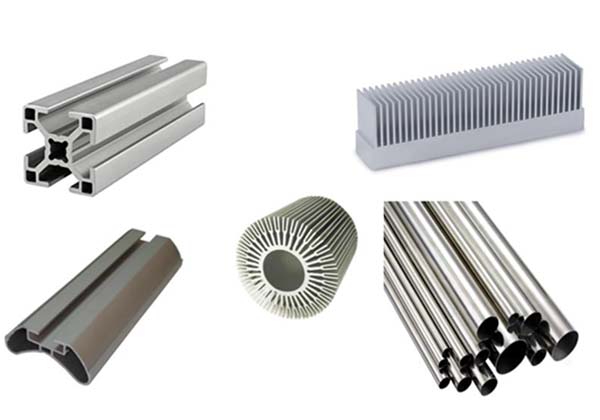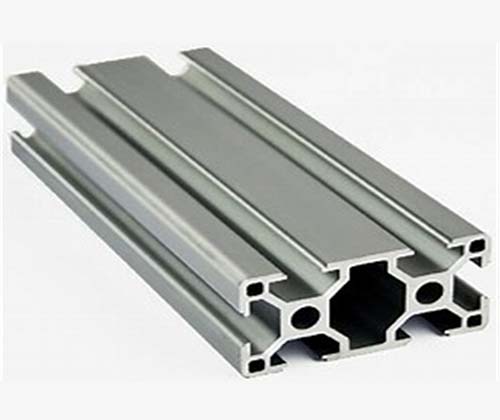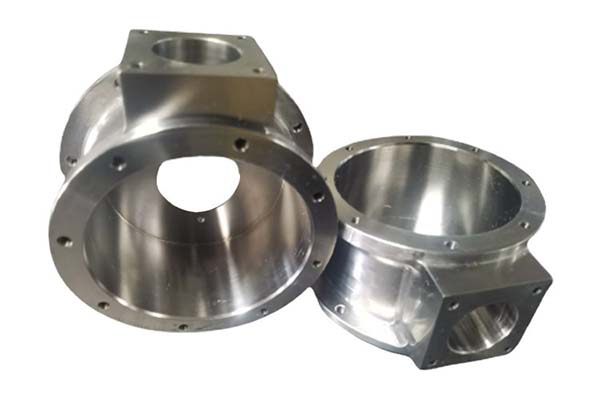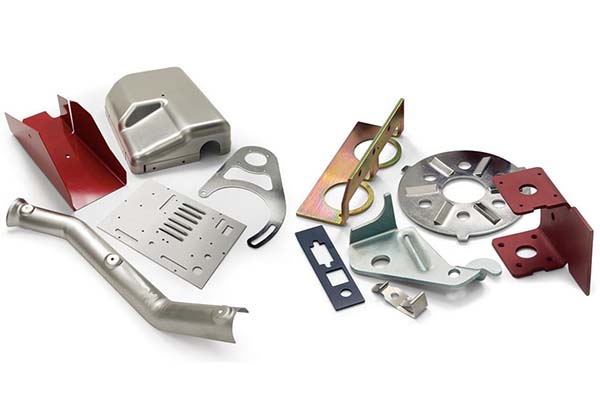Definition and Basics of Flat Sheet Metal
What Exactly is Flat Sheet Metal and Why is it So Crucial?
In the world of manufacturing and engineering, flat sheet metal plays a fundamental role. But what exactly is it, and what makes it so indispensable? This article will delve deep into the realm of flat sheet metal, exploring its definition, common materials, manufacturing processes, applications, and much more. Whether you're a seasoned professional or just starting to explore the field, this guide will provide you with valuable insights.
Definition and Basics of Flat Sheet Metal
What is Flat Sheet Metal?
Flat sheet metal, as the name implies, refers to a type of metal that has been rolled or pressed into a thin, flat form. It is characterized by its uniform thickness and smooth surface, making it suitable for a wide range of applications. The thickness of flat sheet metal can vary significantly, from extremely thin foils used in electronics to thicker sheets employed in construction and automotive industries. In general, sheet metal is considered to be any metal that is less than 6mm thick, while thicker metal pieces are classified as plates. This thin and flat profile allows for easy manipulation and shaping, making it a preferred choice for many manufacturing processes.
Common Materials for Flat Sheet Metal
There is a diverse range of materials used to produce flat sheet metal, each with its own unique properties and advantages. Here are some of the most common ones:
- Stainless Steel: Stainless steel sheets are highly valued for their exceptional corrosion resistance, strength, and durability. They contain a minimum of 10.5% chromium, which forms a passive oxide layer on the surface, protecting the metal from rust and other forms of corrosion. This makes stainless steel an ideal choice for applications where resistance to harsh environments is crucial, such as in the food and beverage industry, medical equipment, and architectural facades. For example, 304 stainless steel is one of the most widely used grades, known for its excellent corrosion resistance and formability. It is commonly used in kitchen appliances, sinks, and storage tanks. 316 stainless steel, on the other hand, contains molybdenum, which further enhances its corrosion resistance, especially in chloride - rich environments. It is often used in marine applications, chemical processing equipment, and pharmaceutical manufacturing.
- Carbon Steel: Carbon steel sheets are made primarily of iron and carbon, with small amounts of other elements such as manganese, silicon, and phosphorus. They offer a good balance of strength, toughness, and cost - effectiveness. Low - carbon steel, with a carbon content of less than 0.3%, is highly ductile and malleable, making it easy to form into various shapes. It is commonly used in applications where strength requirements are not extremely high, such as in the manufacturing of automotive body panels, furniture, and general - purpose machinery parts. Medium - carbon steel, with a carbon content between 0.3% and 0.6%, has higher strength and hardness, making it suitable for applications like axles, gears, and shafts. High - carbon steel, with a carbon content above 0.6%, is very hard and strong but less ductile. It is often used in the production of tools, springs, and blades.
- Aluminum Alloy: Aluminum alloy sheets are lightweight, with a density approximately one - third that of steel. They also have excellent corrosion resistance, high thermal and electrical conductivity, and good formability. These properties make aluminum alloys popular in the aerospace, automotive, and electronics industries. For instance, 6061 aluminum alloy is one of the most widely used aluminum alloys. It contains magnesium and silicon, which contribute to its good strength, corrosion resistance, and workability. It is commonly used in aircraft structures, automotive parts such as engine blocks and wheels, and electronic device enclosures. 7075 aluminum alloy is a high - strength alloy, often used in applications where high strength - to - weight ratio is required, such as in aerospace components like aircraft wings and fuselage parts.
Each of these materials has its own set of characteristics that make it suitable for specific applications, and the choice of material depends on factors such as the required mechanical properties, environmental conditions, and cost constraints.
How to Choose the Right Flat Sheet Metal
Consider Your Application Requirements
The first step in choosing the right flat sheet metal is to clearly define your application requirements. Different applications have different demands. For example, if you're working on a project that requires high - strength components to withstand heavy loads, like the frame of a large industrial machine, you'll need a sheet metal with high tensile strength. Carbon steel with a higher carbon content or certain grades of stainless steel might be suitable. On the other hand, if you're manufacturing components for a product that will be exposed to a corrosive environment, such as a coastal building or a chemical processing plant, corrosion - resistant materials like stainless steel or aluminum alloy with good corrosion - resistant properties are essential. If your application is in the electronics industry and requires components with high electrical conductivity, copper or aluminum flat sheet metal would be a better choice. For instance, in the production of printed circuit boards, copper sheets are often used due to their excellent electrical conductivity, which is crucial for the efficient transmission of electrical signals.
Evaluate Material Properties
Once you've determined your application requirements, it's time to evaluate the properties of different flat sheet metal materials.
- Strength: Tensile strength, yield strength, and compressive strength are important factors. High - strength materials are needed for applications where the metal will be subjected to significant forces. For example, in the automotive industry, when manufacturing parts like suspension components, materials with high tensile strength are required to ensure the safety and durability of the vehicle. A steel sheet with a tensile strength of 500 - 600 MPa can be used for some high - stress automotive parts.
- Corrosion Resistance: As mentioned before, in environments where corrosion is a concern, the corrosion - resistance property of the sheet metal is vital. Stainless steel's chromium content gives it good corrosion resistance. The higher the chromium percentage and the addition of other elements like nickel and molybdenum, the better its corrosion - resistance performance in different environments.
- Formability: If your manufacturing process involves complex shaping operations such as deep drawing or bending, the formability of the sheet metal is crucial. Low - carbon steel and some aluminum alloys are known for their good formability. They can be easily formed into various shapes without cracking or losing their mechanical properties. For example, in the production of beverage cans, aluminum alloy sheets with high formability are used to achieve the seamless and precise shape of the can through a series of forming processes.
- Thermal and Electrical Conductivity: In applications related to heat transfer or electrical conduction, these properties are key. Copper has high thermal and electrical conductivity, making it ideal for heat sinks and electrical wiring applications. Aluminum also has relatively good thermal conductivity, which is why it is used in heat - dissipating components in electronics and some automotive cooling systems.
Think About Cost - Benefit Ratio
Cost is always a significant consideration. While it's important to choose a material that meets your performance requirements, you also need to find a balance between cost and benefit. Cheaper materials like low - grade carbon steel might seem attractive in terms of cost, but if they don't meet the durability or performance needs of your application, they could end up costing more in the long run due to frequent replacements or failures. On the other hand, high - performance materials like some specialized stainless steels or high - strength aluminum alloys can be expensive. You need to calculate the total cost, including manufacturing costs, maintenance costs, and the potential cost of failure. For example, in a large - scale construction project, choosing a slightly more expensive but more durable galvanized steel sheet for roofing might be more cost - effective in the long term as it reduces the need for frequent roof repairs and replacements. A cost - benefit analysis can help you make an informed decision. You can calculate the cost - benefit ratio by dividing the total cost (including material cost, processing cost, and maintenance cost over the expected lifespan) by the expected performance or benefits (such as durability, efficiency, etc.). A lower cost - benefit ratio indicates a more favorable option in terms of cost - effectiveness.
Yigu Technology's Viewpoint
As a non - standard plastic metal products custom supplier, Yigu Technology highly values the role of flat sheet metal in custom manufacturing. Flat sheet metal serves as a versatile base material, enabling the creation of intricate and unique non - standard parts. Its malleability allows for precise shaping according to complex design requirements, whether it's for a one - of - a - kind electronic device enclosure or a specialized automotive component.
In combination with non - standard plastic parts, flat sheet metal can enhance the overall performance of products. For example, when used in the housing of certain industrial equipment, the metal sheet provides structural strength while the plastic parts can offer functions like insulation or corrosion resistance in specific areas. This synergy not only improves the functionality but also extends the lifespan of the final product. Yigu Technology is committed to leveraging the advantages of flat sheet metal to provide high - quality custom solutions for our clients, always focusing on meeting their specific needs with precision and efficiency.
FAQ
Q1: What are the most common thicknesses of flat sheet metal?
The most common thicknesses of flat sheet metal vary depending on the application. For general - purpose applications in the automotive and construction industries, thicknesses in the range of 0.5mm - 3mm are quite common. For example, in automotive body panels, a thickness of around 0.7 - 1.2mm is often used for outer panels like doors and hoods, as it provides a good balance between weight and strength. In roofing applications, galvanized steel sheets are often 0.5 - 1mm thick for residential buildings, while for industrial buildings, slightly thicker sheets around 1 - 3mm might be used to withstand harsher weather conditions and longer - term use. Thinner sheets, such as 0.1 - 0.3mm, are typically used in electronics for components like circuit board shields or thin - walled enclosures, where weight reduction and flexibility are crucial.
Q2: Can flat sheet metal be easily welded?
The weldability of flat sheet metal depends on the material. Stainless Steel: Stainless steel generally has good weldability. However, different grades may require specific welding techniques and filler materials. For example, 304 stainless steel can be welded using common arc - welding methods such as TIG (Tungsten Inert Gas) and MIG (Metal Inert Gas) welding. But precautions need to be taken to prevent chromium carbide precipitation during welding, which can reduce corrosion resistance. Carbon Steel: Low - carbon steel is relatively easy to weld and is often welded using arc - welding processes. Medium - and high - carbon steels can also be welded, but pre - heating and post - welding heat treatment may be necessary to prevent cracking due to their higher carbon content. Aluminum Alloy: Welding aluminum alloy flat sheet metal can be more challenging. Specialized welding processes like MIG or TIG welding with aluminum - specific filler wires are required. Aluminum has a high thermal conductivity, which can cause rapid heat dissipation during welding, and it also has a tendency to form an oxide layer that needs to be properly managed during the welding process.
Q3: How to prevent flat sheet metal from rusting?
There are several effective methods to prevent flat sheet metal from rusting. Coating: Applying a protective coating is a common approach. Paint coatings can provide a physical barrier against moisture and oxygen, which are the main causes of rust. For example, epoxy - based paints are often used on carbon steel sheets in industrial and construction applications. Powder coating is another option, which offers a durable and attractive finish. Galvanization: This involves coating the metal with a layer of zinc. Hot - dip galvanizing, where the metal is immersed in a bath of molten zinc, is a popular method. The zinc layer acts as a sacrificial anode, corroding preferentially to protect the underlying metal. Galvanized steel is widely used in roofing, fencing, and outdoor structures. Electroplating: Electroplating can be used to deposit a thin layer of a more corrosion - resistant metal, such as nickel or chromium, onto the surface of the flat sheet metal. This not only provides corrosion protection but can also enhance the aesthetic appearance and hardness of the metal surface.
